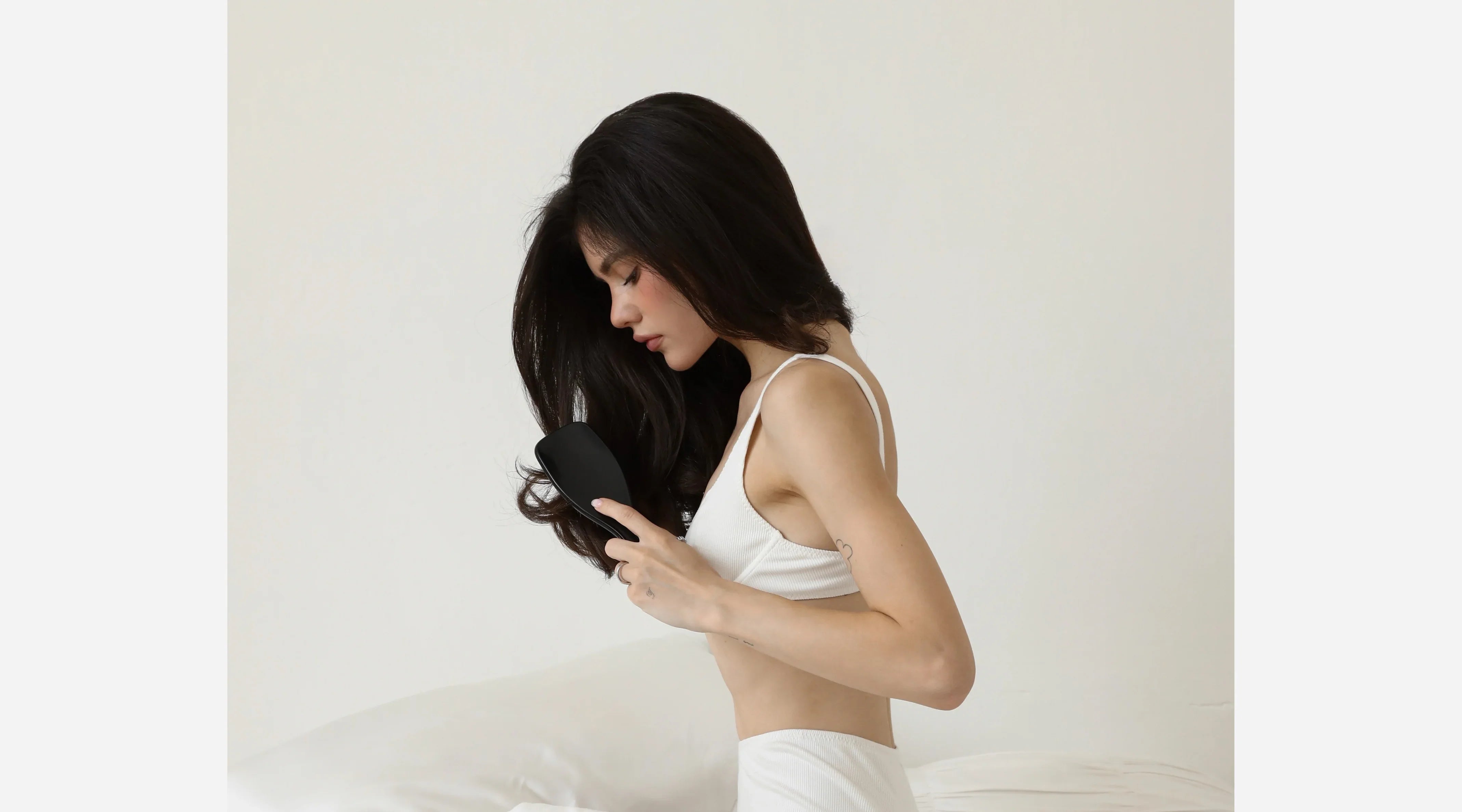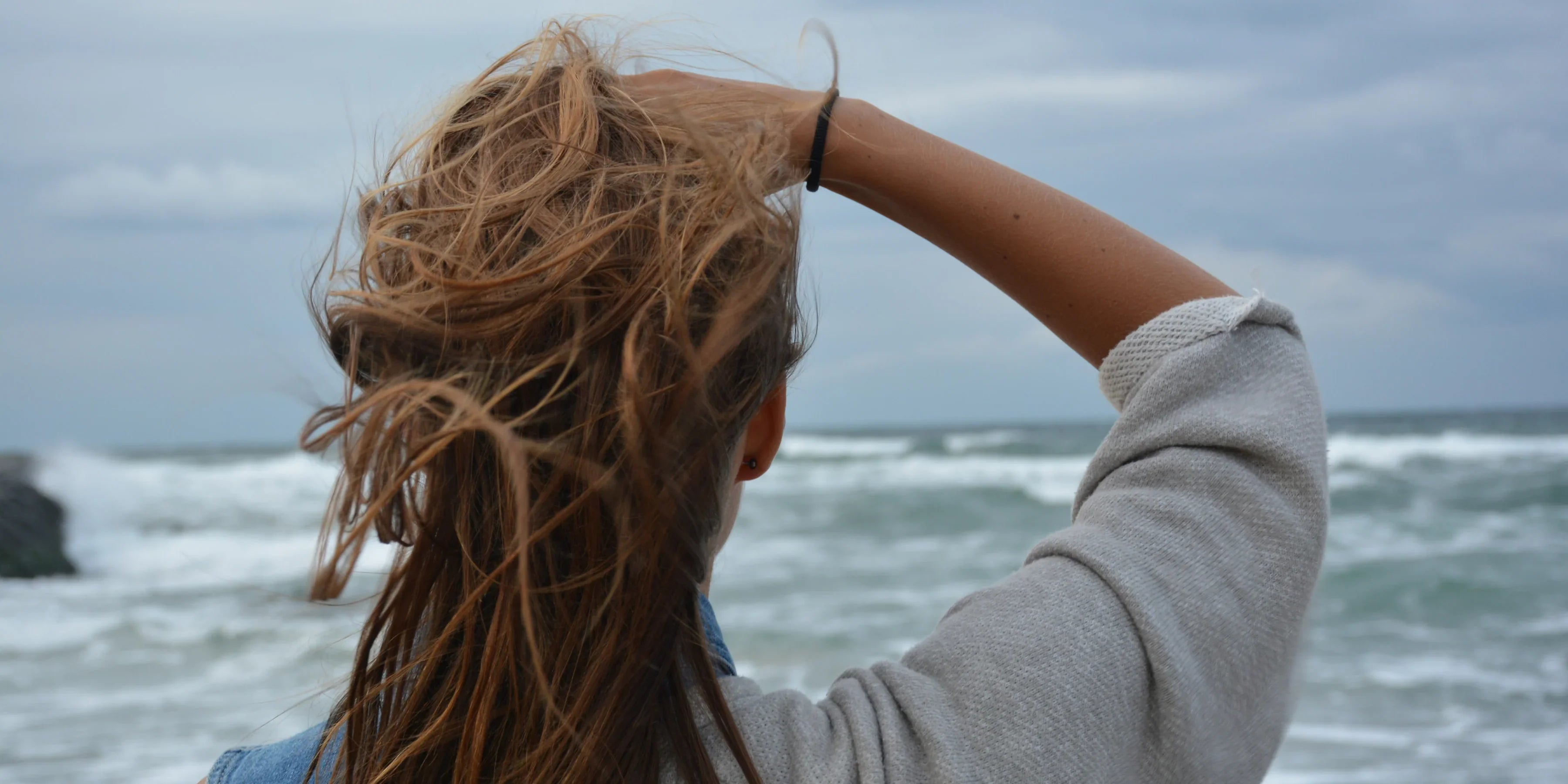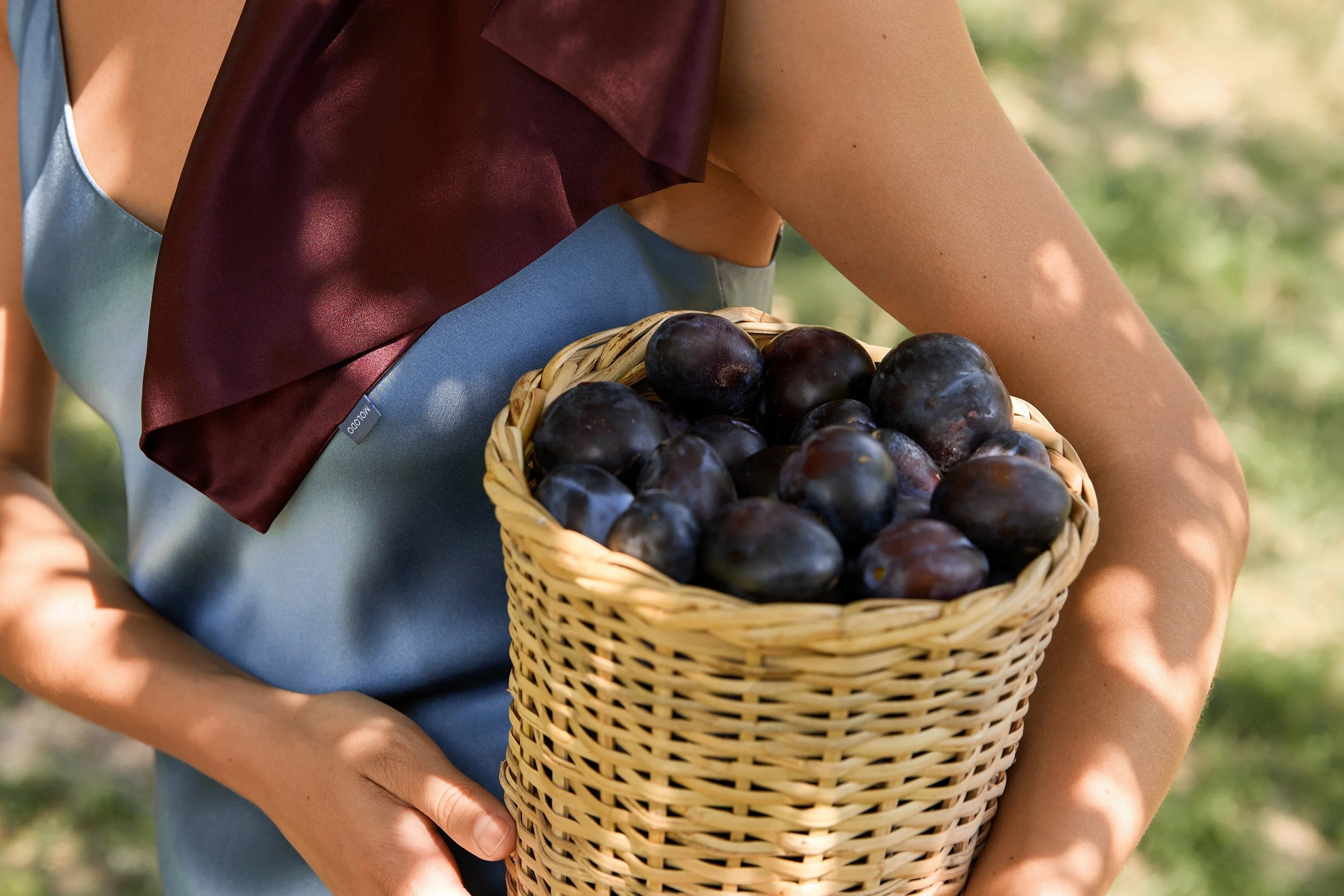
What hairstyles harm hair and contribute to hair loss? TOP 5 bad habits and hairstyles.
What hairstyles harm hair and contribute to hair loss? TOP 5 bad habits and hairstyles.
Find out which daily hairstyles can cause hair loss and how to protect yourself from traction alopecia. Easy tips and safe alternatives.
Why do we harm our hair?
Hair loss is a problem that has long ceased to be purely genetic or age-related. We ourselves, sometimes without realizing it, harm our hair every day. One of the main causes of hair loss is conventional hairstyles. The way we collect our hair, the force with which we pull it, the accessories we use - all of this has a direct impact on hair health.
This is especially true for women and girls who wear “tight style” hairstyles every day - high ponytails, braids, buns. Constant hair tension provokes a condition known as traction alopecia - hair loss due to mechanical stress.
Fact: According to a study in South Africa, up to 31.7% of women suffer from traction alopecia. In children aged 6-15, this figure ranges from 8.6% to 21.7%. Why are we talking about Africa? Because it is there that tight braids and ponytails are very popular, which have long been popular in our country.

TIGHT HAIRSTYLES ARE ONE OF THE CAUSES OF HAIR LOSS.
Girls ballerinas and ballerinas are a risk group.
A separate risk category is girls who are engaged in ballroom dancing or ballet. Their stage images require impeccable hairstyles: usually a tightly pulled bun, which is fixed with dozens of hairpins, gel or varnish.
This fixation looks aesthetically pleasing, but frequent stress on the hair follicles leads to microdamage, brittleness, and eventually hair loss. This usually begins with baldness along the hairline - the so-called frontal temporal zone.
Ballerinas also often experience hair shaft fractures in the area where the tension is strongest, especially when wearing hairstyles for more than 4-6 hours.
Read this, you may have heard it before:
Tractional alopecia in women is also known as ballerina baldness. It occurs because the hair is pulled too tightly, which damages the roots.
Top 5 habits and hairstyles that harm hair.
1. High ponytail.
Tightly collected hair creates mechanical stress on the follicles. If you do this every day, the risk of traction alopecia increases dramatically.
Alternative: a slightly relaxed ponytail at the back of the head.
2. Tight braids.
Afro braids, zigzag or tightly braided French braids cause constant tension. This is especially dangerous for children.
Alternative: soft braids without additional tension.
3. Buns on the top of the head.
This is a classic ballet hairstyle. A high bun with a strong twist squeezes not only the scalp, but also the hair along the entire length.
Alternative: a loose low bun.
4. Wigs, hoops, caps, hats.
(on a regular basis, due to habit or lifestyle).
Regular wearing of hats made of non-natural fabrics, use of wigs or hoops that tighten the head, contribute to friction and brittleness.
Alternative: natural, lightweight accessories without pressure and tension.
5. Silicone, non-natural elastic bands with metal elements. To minimize the number of split ends, maintain length, and reduce mechanical breakage, replace these bands with silk bands.
Silk bands are specially designed to hold your hair gently and softly in a secure hairstyle.
A HEALTHY HAIRSTYLE IS ABOUT TAKING CARE OF YOURSELF.
Remember these simple steps to improve your hair and maintain its length.
- Choose loose hairstyles that don't pull on your hair.
- Avoid the same type of tension every day, experiment with light hairstyles.
- Use masks and conditioners, wear thermal protection, and remember to do a two-step scalp wash.
- After washing your hair, wrap your wet hair in a special silk turban that absorbs moisture evenly from root to tip, does not weigh hair down and enhances its natural shine.
92% of women, after buying a MOLODO silk turban for themselves, return to buy it as a gift for their mother, girlfriend and sister. They see the result!
The percentage is based on the collected reviews of the MOLODO silk turban.
- Braid your hair only with natural, silk elastic bands and soft accessories.
- If you still need to do tight hairstyles, take a break from time to time.
- At the first symptoms, consult a trichologist.
SILK TURBAN — A NEW LEVEL OF CARE!
How to take care of your hair in the evening, before going to bed, to support it at the time of loss?
When you go to bed, do these things.
- Make sure you replace your regular pillowcase with a silk pillowcase. It will help support your scalp's microbiome as it is all-natural, antibacterial, and hypoallergenic. It's also very soft and has a delicate plexus, so hair won't catch on the surface of the fabric.
- Braid the dried hair into a light braid or a light low ponytail. Use silk bands to secure it.
- To fall asleep faster, to ensure complete darkness, and to have a good night's sleep, wear a silk sleep mask. After all, healthy sleep also affects the condition of your hair.
Pay attention!
The silk sleep mask is MOLODO's best-selling product, made from 100% organic Mullbery silk. It provides complete darkness for a restful sleep and supports the natural production of melatonin, a hormone that regulates sleep cycles and improves a healthy, radiant appearance.
Why is it important?
Hair is not just aesthetics. It is an indicator of internal and external health.
According to the American Academy of Dermatology (AAD), traction alopecia is one of the few forms of baldness that can be prevented by changing habits in time.
Is it really possible to prevent hair loss through lifestyle changes?
Yes. If we are talking about one of the most common and easiest types of alopecia to prevent. This type of alopecia (due to mechanical tension) is one of the few that is easy to prevent. Dermatologists unanimously say that if you change your habits, you can keep your follicles alive. Instead of pulling your hair until it hurts, you should choose soft, loose hairstyles and let your hair rest.
The less tension you put on your hair, the better your chances of maintaining a healthy density.
Related articles about hair:
- Scalp care: what do you need to know to grow long hair and stop hair loss?
- Seasonal hair loss does not exist: an interview with trichologist Anna Bezyk.
- 13 habits that ruin your hair every day.
- 7 benefits of a silk turban for hair.
- How does silk prolong youth? Scientific benefits of silk for skin and hair.


